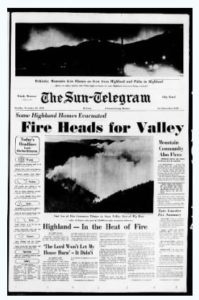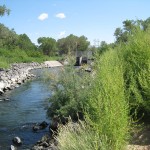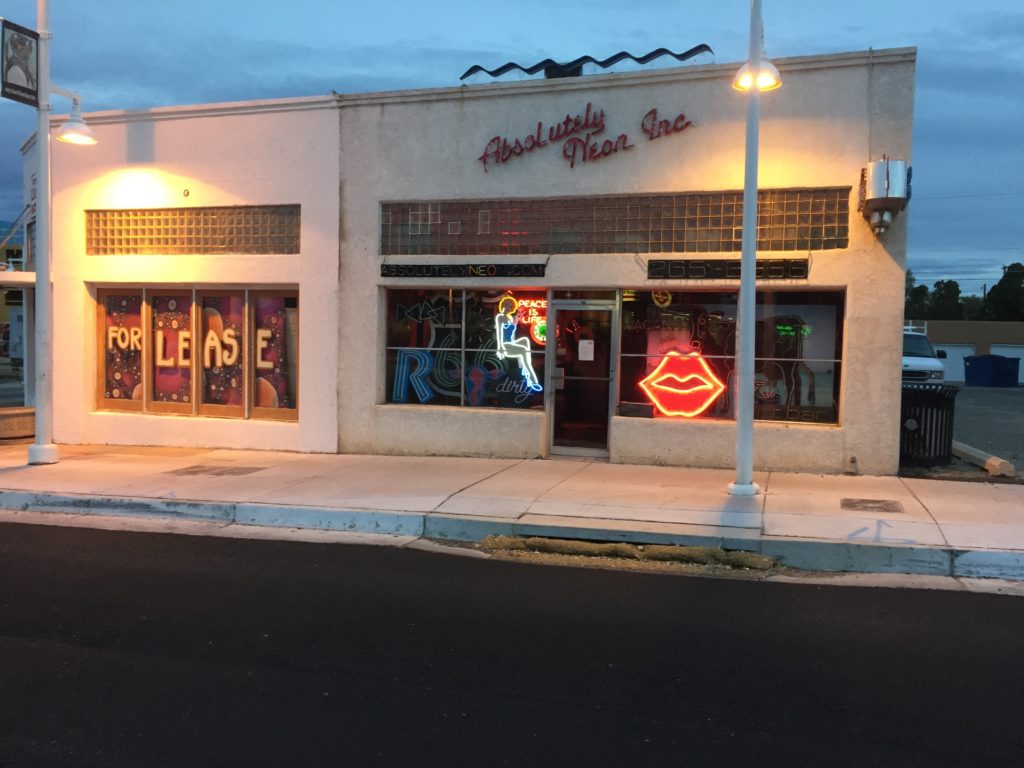This conversation triggered by Faith Kearns’ comments about memories of Santa Anas got me thinking about an old piece I wrote a while back and never published. I didn’t publish it because the editor I was pitching didn’t want it, but in retrospect I’m glad it never ran. It seemed ill-timed then, and on a morning when we’re glued to our screens watching fire in the Southern California of my childhood, it makes a point that’s as ill-timed today, but that needs to be made. So here goes, with some tweaks to bring it up to date….
One of the problems in the perception disaster journalism gives us of disasters is the narrowness or broadness of the lens with which we view things. We see the fire, but not the not fire. This biases our understanding.
The news across the Southern California of my childhood was stark in the last days of September 1970. A fire that had ignited in Lytle Creek Canyon, in the mountains north of what is now Rancho Cucamonga, was growing. Forecasters were predicting fierce Santa Ana winds.
Living in Upland, at the foot of the San Gabriel Mountains, the Lytle Creek fire was our fire. I know now that there were many fires burning in those apocalyptic weeks across Southern California, but from the vantage point of our childhood, there was only this one. Chaffey College, where my father taught art, was in its path. As the winds kicked up the afternoon of Oct. 1 and fanned the flames, school disbanded early. My friends and I walked the few blocks home from our sixth grade classroom at Valencia Elementary School under a sky that seemed ablaze, the sun red-orange color through smoke fanned toward us by the hot dry winds.
Dad’s school evacuated too, and my sister, Lisa, and I remember packing the car to evacuate. Dad and I climbed onto the roof to wet down our wood shingles as we watched the fire burn through the afternoon and into the evening across the hillsides above our suburban corner of paradise, watching the chaparral that was our childhood playground go up in flames.
Lytle Creek was our fire, but of course it was not the not only one. By one count 773 wildfires burned across Southern California in those remarkable two weeks from late September through early October 1970. According to a history by emergency manager Dale Rowley nearly 600,000 acres – more than 900 square miles – burned, destroying 722 homes and killing 16 people.
Rainfall the previous six months had been the second lowest on record across Southern California. The arrival of the Santa Ana winds, a hot bolt out of the desert, gave life to one of Joan Didion’s most famous descriptions of life in Southern California. “[T]he violence and the unpredictability of the Santa Ana affect the entire quality of life in Los Angeles, accentuate its impermanence, its unreliability,” Didion wrote in 1968. “The wind shows us how close to the edge we are.”
The last few years in Southern California have been like that. Last year the Blue Cut Fire again burned again through Lytle Creek, and this morning we watched our screens spellbound as the Skirball Fire tour down the 405 and into Bel-Air, burning the jockeys off of rich people’s lawns, to borrow the memorable words of Frank Zappa. We are reminded of Didion’s powerful description of Southern California’s fragility. But is “fragility” the right way to think about this?
Drawing on the work of ecologists, scholars who study “resilience” look to the ability of a human community to absorb a shock and retain its basic structure and function. By that measure, in the nearly five decades since Didion wrote those words, Southern California has demonstrated that it is anything but fragile. Fires, fueled by drought and a warming climate, have beaten us at our margins again and again. They will ever do so, because we have built cities in Southern California and across the West is places prone to fire, extending ourselves into the inevitable wildland urban interface.
But the city I grew up in, Upland, ever threatened by fire at its margins, has retained its basic structure and function, has thrived as a human community in the decades since the Lytle Creek fire. It is a story repeated across Southern California. Even as fire batters us, Southern California has retained its basic structure and function in the decades since dad and I sat on the roof hosing down the shingles and watching the hillside above our house burn. Disaster journalism shows us those burning margins, as it should, and life there is terrifying. But they are only the margins.
This is not to minimize the suffering of communities and ecosystems hit by wildfire. But we should not extend our fear from stark headlines and smoke on the horizon to a broader fear that Southern California as a whole is, as Didion wrote, “close to the edge.”






